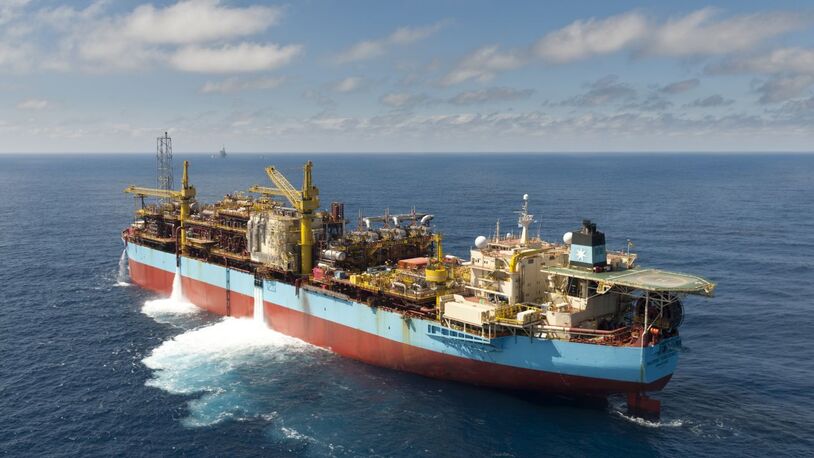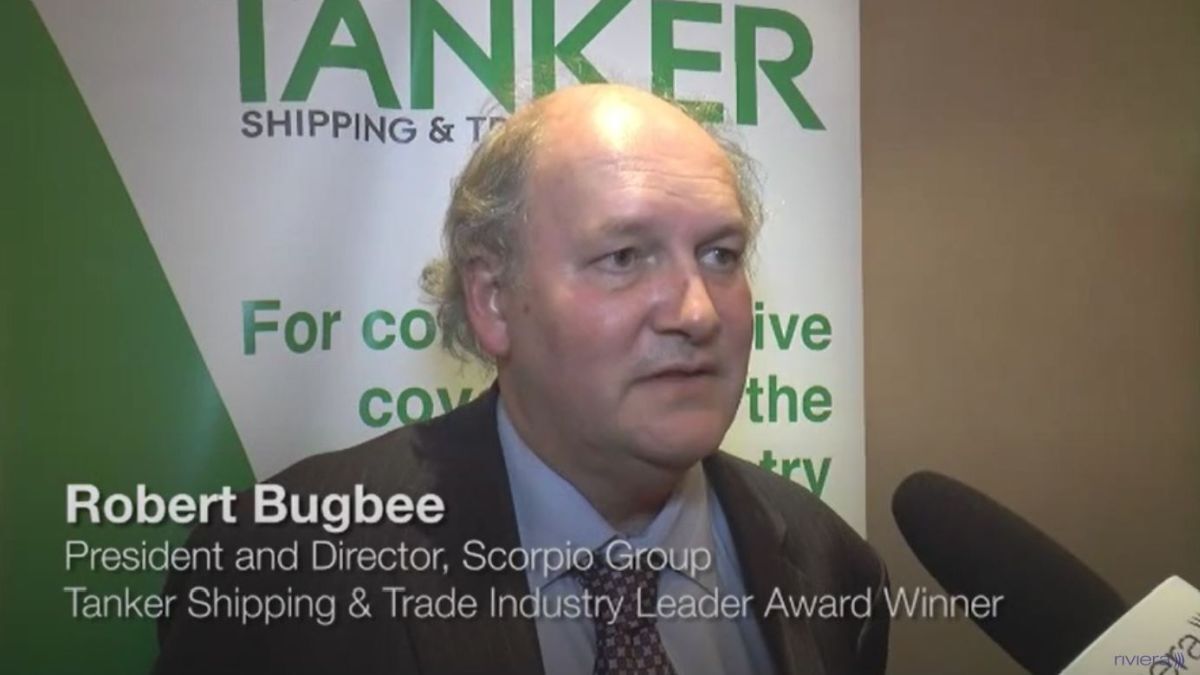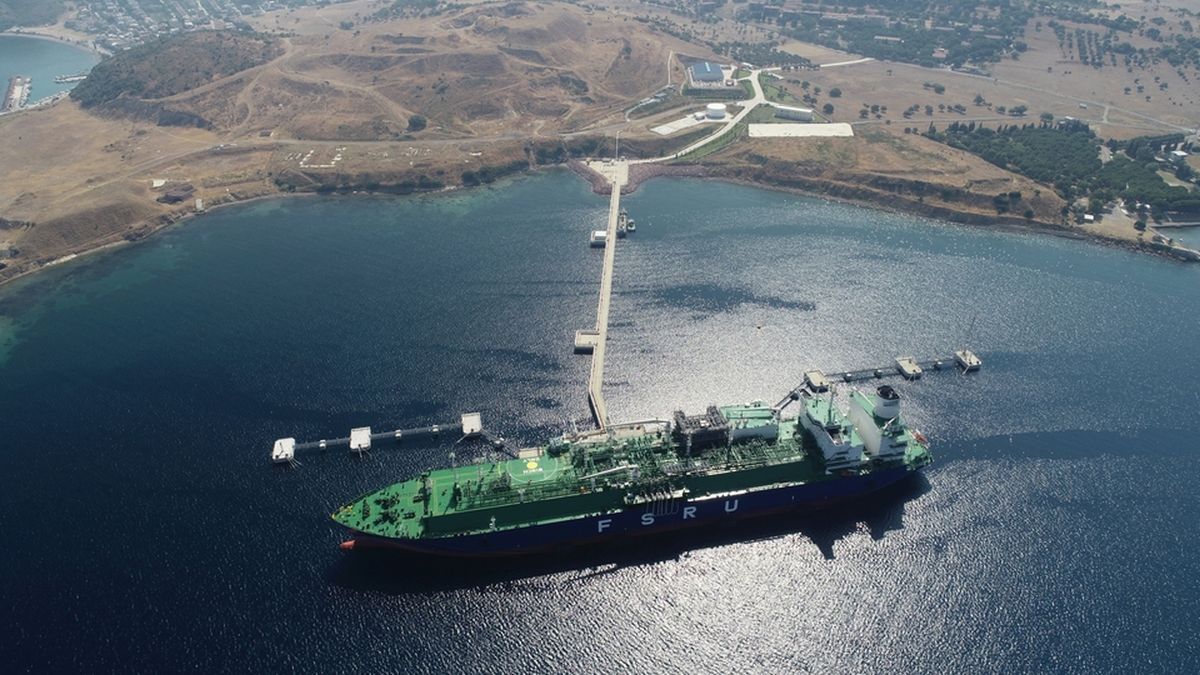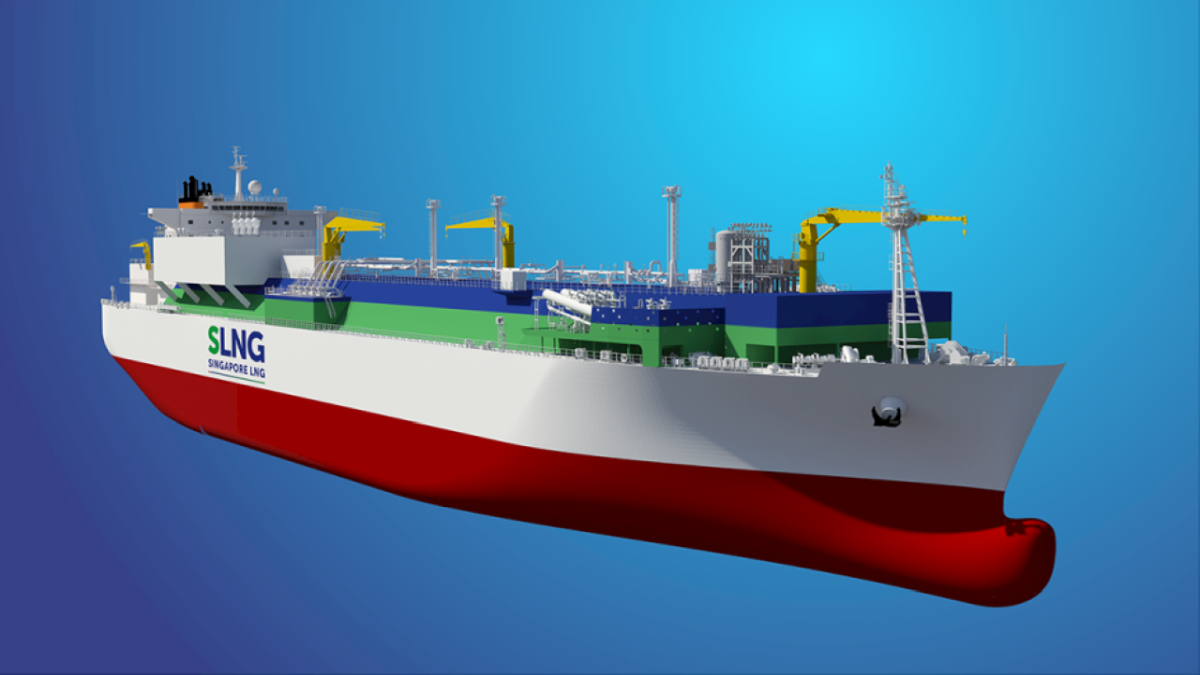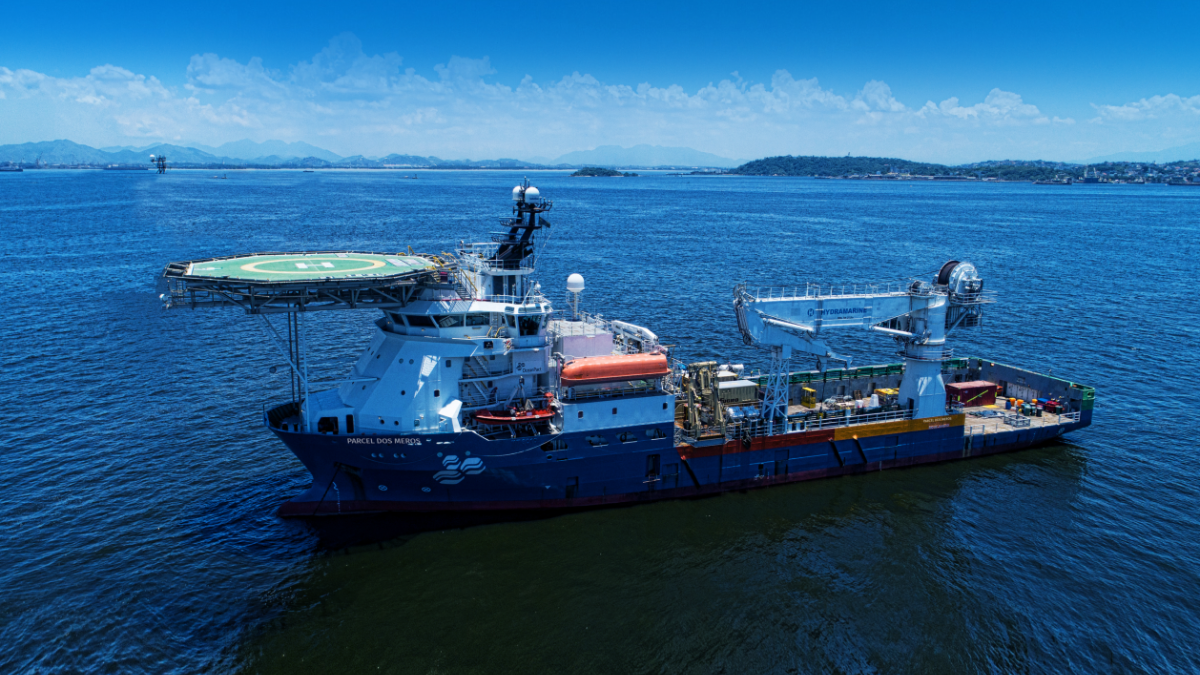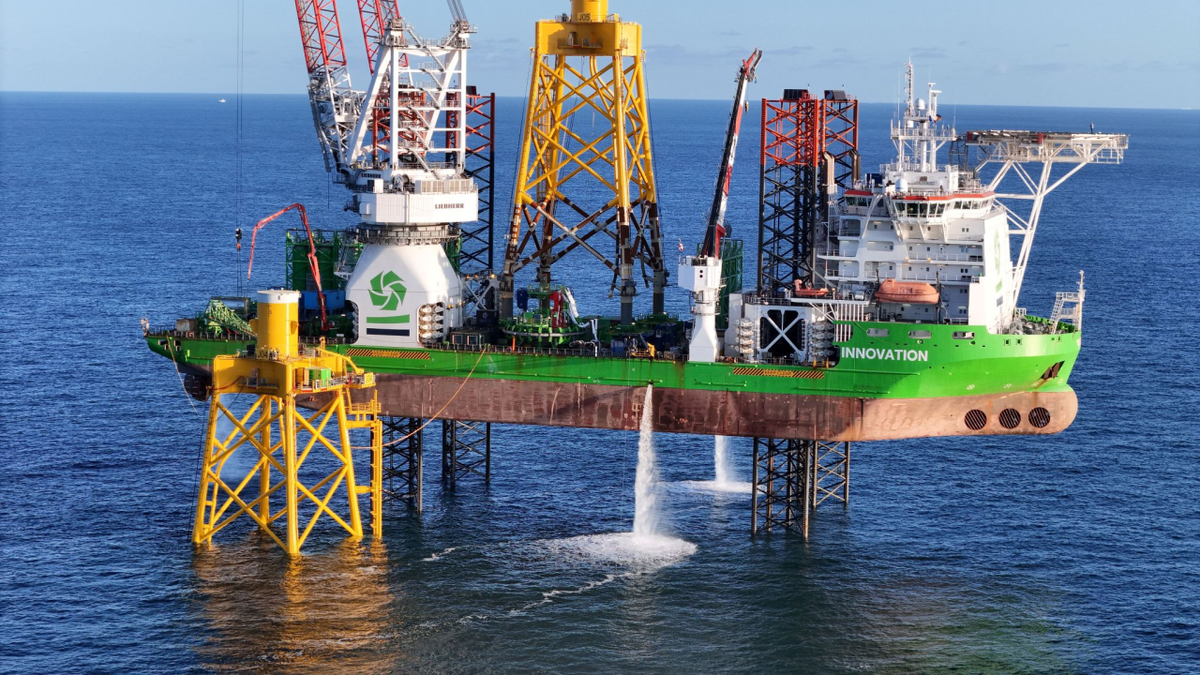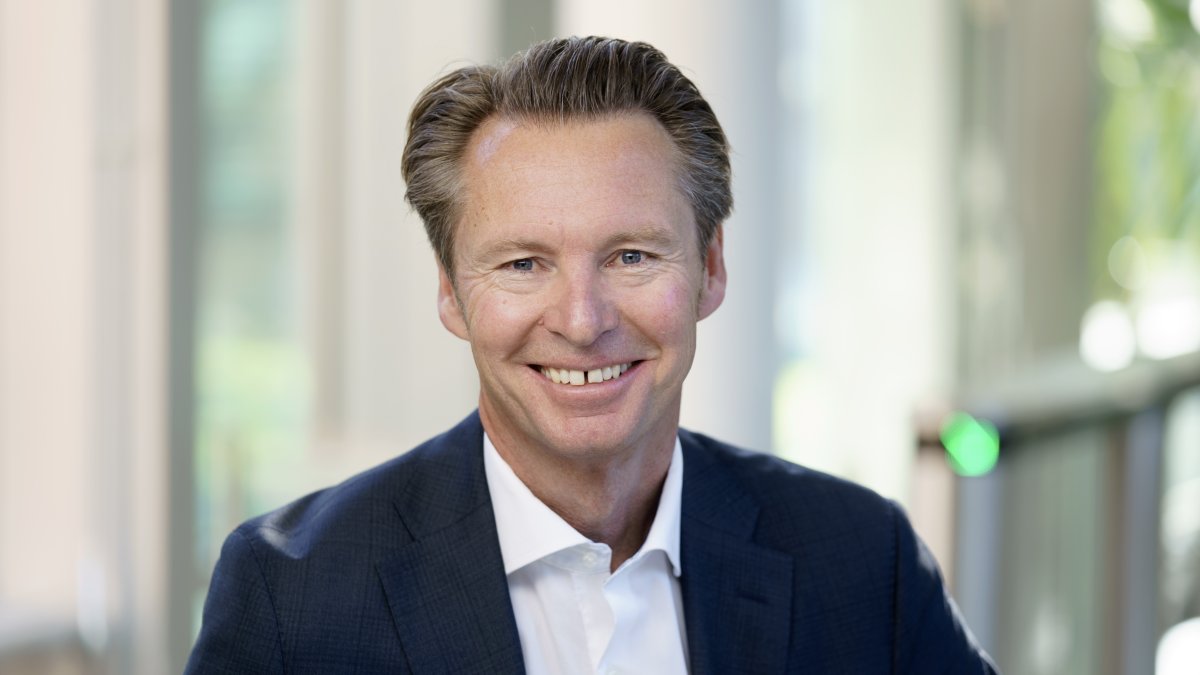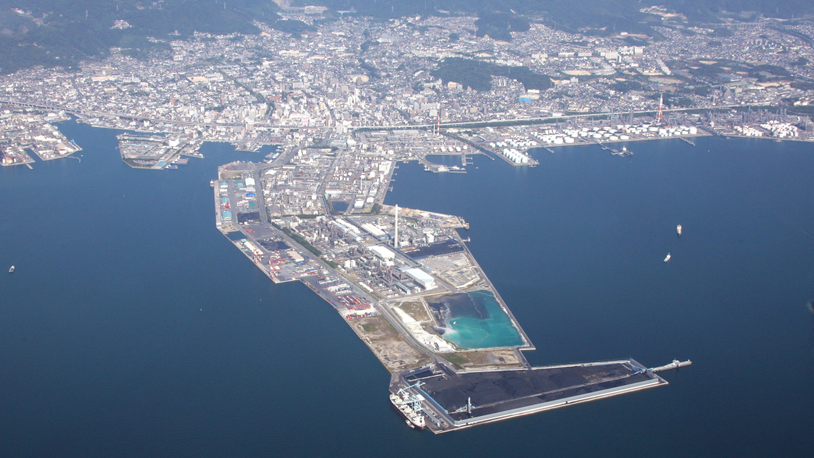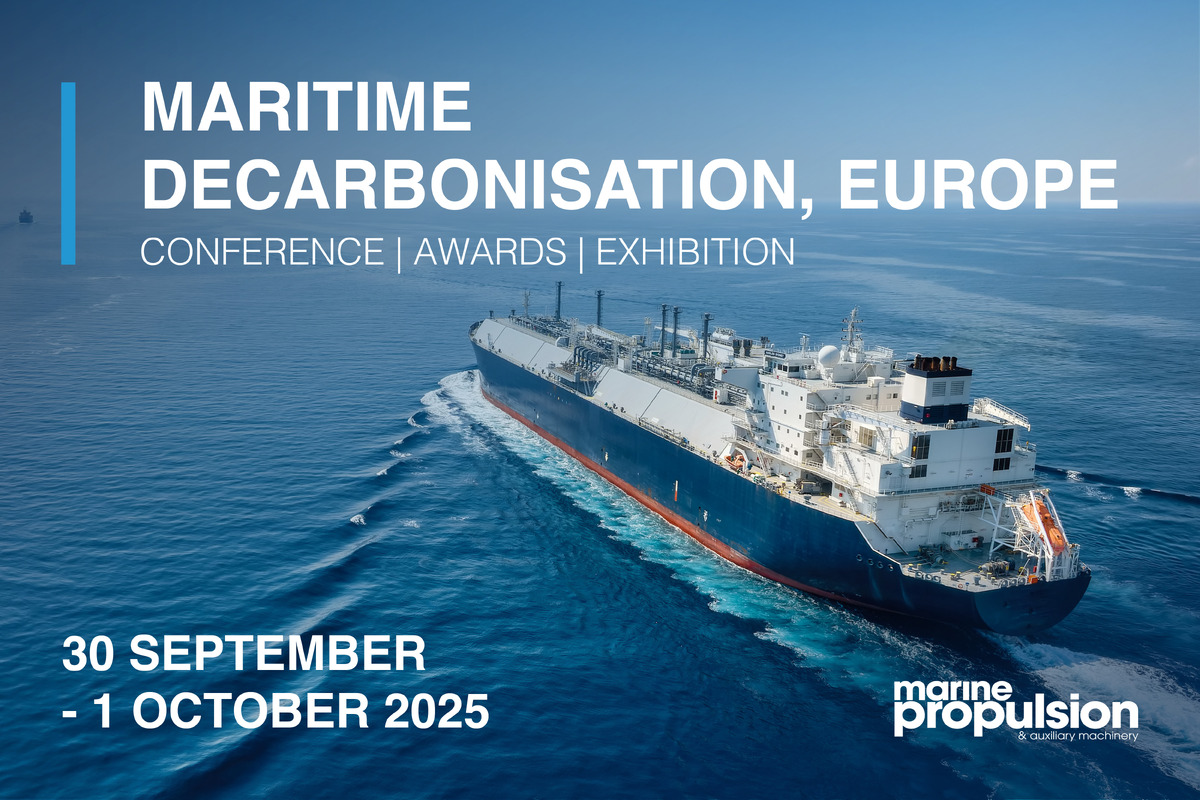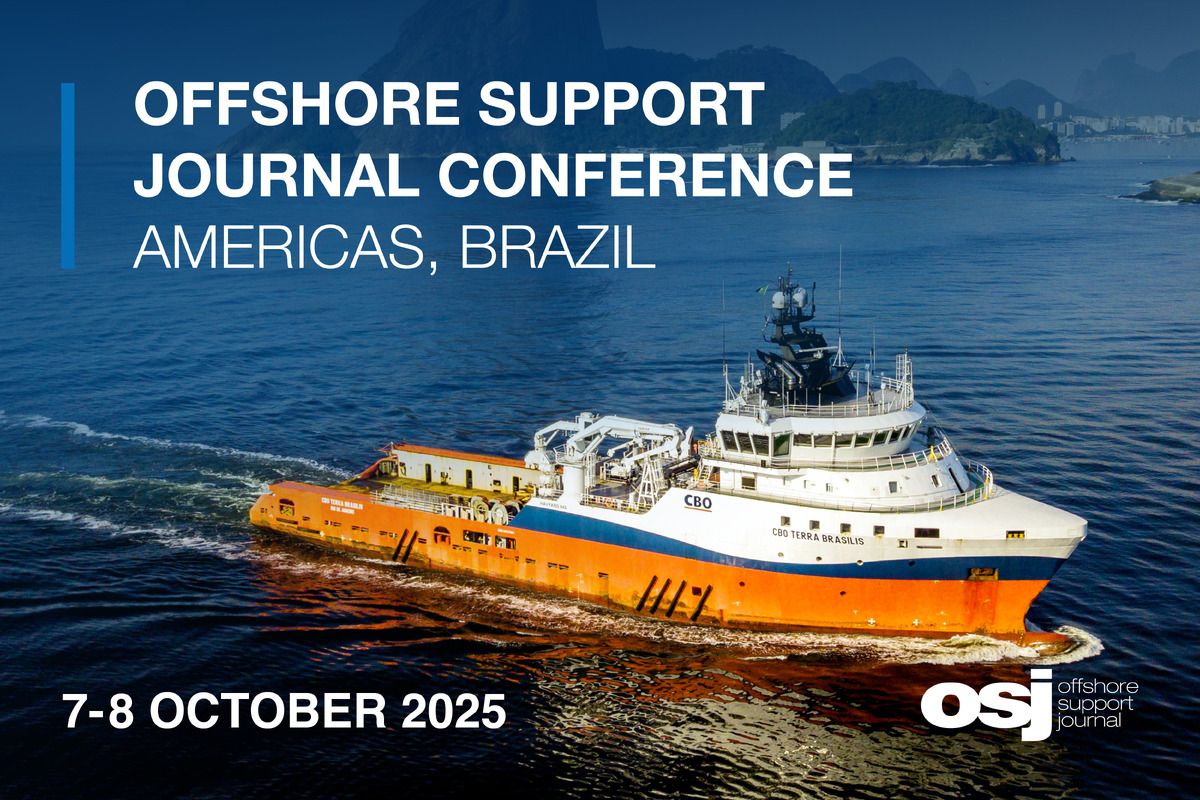Business Sectors
Contents
Register to read more articles.
Sustainable ports: clean power, fuel options grow for offshore
Backed by investments and environmental policy, shore power connections and alternative fuel options grow at European ports serving offshore vessels
Ports are investing in shore power and alternative fuel bunkering for offshore support vessels to underpin the industry’s migration towards cleaner energy to support decarbonisation and improve efficiency. One of the actions to be taken this year by the European Commission is to revise the 2014 Alternative Fuels Infrastructure Directive, which required EU countries to develop national policy frameworks for creating refuelling and recharging points for alternative fuel vehicles and vessels.
By using shore power, vessels can turn off their diesel generators while docked, plugging into the onshore power to reduce greenhouse gas (GHG) emissions at ports. In the case of hybrid-battery or all-electric vessels, shore power can be used to recharge batteries.
There are now about 100 ports globally offering shore power. The European Sea Ports Organisation (ESPO) reports about 40% of the respondents to its 2020 survey said they planned to install shore power in the next two years. Increasingly, that electricity will be supplied by renewable energy.
One the latest ports to offer shore power for offshore vessels is Denmark’s Port of Esbjerg. The country’s largest port on the North Sea, the Port of Esbjerg is a primary supply and service hub for the offshore oil and gas industry and Europe’s offshore wind market.
StimWell Services’ Island Patriot was the first vessel to connect to a new shore-to-ship power plant in February, allowing the well stimulation vessel to shutdown its onboard diesel generator while docked.
“We want to contribute to reducing carbon emissions and promoting the green transition, and the ship’s owners have put their money where their mouth is by investing a considerable sum in readying the vessel to connect to the new green power supply,” says Flemming Copsø, chief executive of Copco A/S, operator of the supply base for Island Patriot at the port.
The port’s shore-to-ship power plant has a capacity of 1,300 amp, allowing it to supply power simultaneously to a number of vessels similar in size to Island Patriot.
Port of Esbjerg chief executive Dennis Jul Pederson is seeing increasing demand for shore power at the port. “More and more customers ask for onshore power, so for us, it’s not just about participating actively in the green transition … but also a must for business.”
“It’s not just about participating actively in the green transition … it’s a must for business”
Connecting to shore power reduces CO2, NOx and SOx emissions while eliminating ambient noise made by operating onboard diesel generators in port.
The shore-to-ship power plant dovetails with the port’s sustainable ambitions. The Esbjerg and Denmark’s largest container port, the Port of Aarhus, are both members of the Getting to Zero Coalition – 140 companies that are aiming to get the first zero-emission vessels operating on zero emission fuels by 2030. One of the coalition’s heavyweights, Danish container shipping giant AP Møller-Maersk, has vowed to launch shipping’s first carbon-neutral ship by 2023. This 2,000-TEU feeder ship would operate on bio-methanol or e-methanol.
Maersk is not betting the house on carbon-neutral methanol, but aligning itself for a multi-fuel future. Its offshore marine logistics unit, Maersk Supply Service, is implementing several technology initiatives to decarbonise its OSV fleet. It expects to save emissions using battery optimisation on hybrid diesel-electric vessels (15%), biofuels, fatty acid methyl esters and hydrotreated vegetable oil in select vessels (7 to 10%) and shore power, either in port or using a power buoy (5%).
In H2 2021, Maersk Supply Service will begin testing the power buoy – a mooring point and charging station – developed jointly with Danish renewable energy company Ørsted. Supplying green electricity from an offshore windfarm’s power grid, the buoy can be used to charge battery- or hybrid-electrical vessels and supply power to larger vessels, enabling them to turn off their diesel engines when laying idle. By substituting fossil-based fuels with green electricity, virtually all emissions are eliminated while the buoy is in use, says Maersk Supply Service.
If proven successful, power buoys could become ubiquitous at offshore windfarms. Ørsted plans to make any intellectual property generated in designing the integration of the buoy into the offshore wind asset publicly available to maximise its uptake across the offshore wind sector.
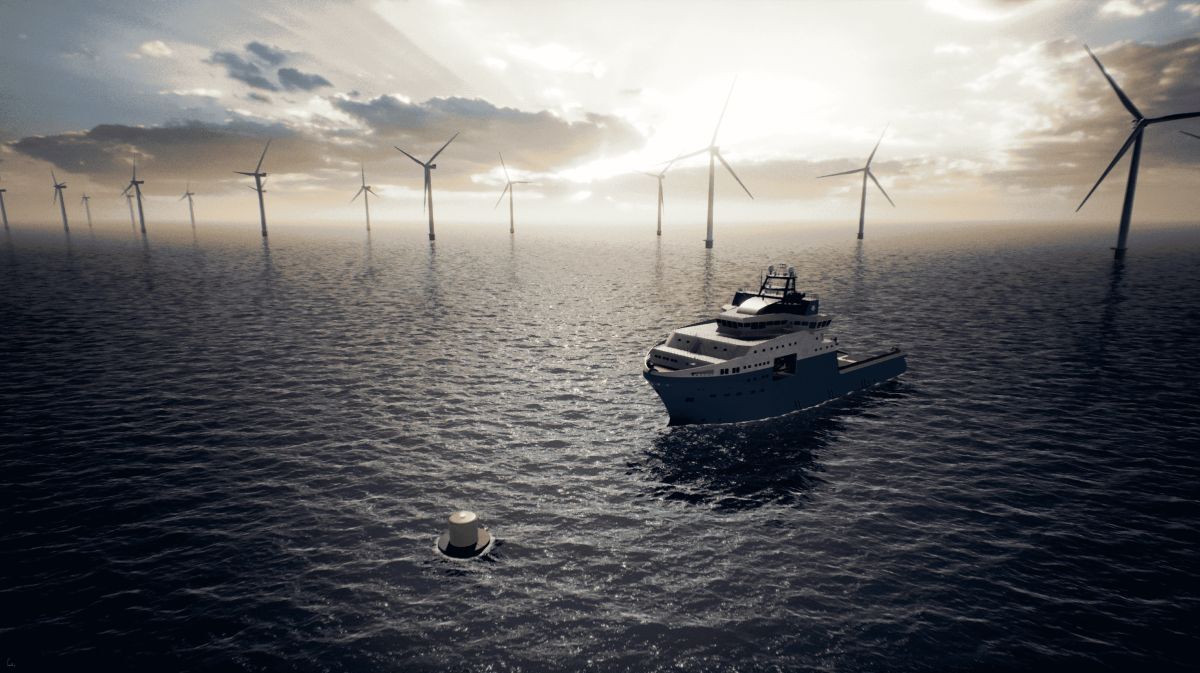
The power buoy can be used as a mooring point outside ports, in offshore windfarms, and near offshore installations. Such developments as the power buoy will benefit the growing use of battery-hybrid technology in the OSV fleet. Representing about 19% of the global fleet of vessels with battery technology, 63 OSVs and offshore vessels are in operation with another 18 on order or under construction, according to DNV’s Alternative Fuels Insight. This growth is expected to accelerate as batteries become increasingly applied in the newbuild vessels for the burgeoning offshore windfarm market.
And AP Møller-Maersk is encouraging development of alcohol-lignin blends and green ammonia for shipping. It is a collaborator in a Power-to-X facility located in Esbjerg that will convert renewable power from wind turbines to green ammonia. The green ammonia produced at the facility can be used by the agricultural sector as green fertiliser and by the shipping industry as sustainable green fuel.
“There is a very real sense of urgency in curbing shipping’s emissions, and we must develop scalable carbon-neutral fuels,” said AP Møller-Maersk chief executive of fleet and strategic brands Henriette Hallberg Thygsen. She said the company welcomed the project as an important development in future green ammonia supply. The first green ammonia produced by the facility would be in 2026. Ammonia as a fuel is in the embryonic stage; no ammonia-fuelled offshore vessels are in operation, but they could gain traction for longer voyages such as in the North Sea if technical hurdles are cleared. Industry observers are watching closely the refit of Viking Energy with 2 MW of ammonia-driven fuel cells under the ShipFC Ammonia project. Underpinned with a five-year charter agreement with Equinor, Viking Energy will begin sailing with the ammonia fuel cell in 2024, says Norwegian owner Eidesvik Offshore.
Since it joined the fleet in 2003, Viking Energy has proved to be a versatile test platform for pioneering a number of offshore vessel technology ‘firsts’, amongst which are the world’s first LNG cargo vessel and first battery-power hybrid vessel (2016). For good measure, it was fitted with a shore power connection in 2018.
As the cleanest burning fossil fuel, with widespread availability and competitive price, LNG has been a popular alternative fuel option. There are 24 LNG-fuelled OSVs in operation, 74% of which are dual-fuel, 16% pure gas and the remaining 10% gas and diesel or unknown technologies. Of the 13 vessels on order, 85% will be dual-fuel, 4% pure gas and the remainder unknown technologies. Using LNG, OSV owners can transition to lower-carbon and zero-carbon drop-in fuels when they become more widely available.
One of the largest offshore vessels to use LNG as a fuel, Heerema Marine Contractors’ dual-fuel, heavy-lift crane vessel Sleipnir and the diesel-powered Thialf underwent upgrades to allow them to connect to shore power produced from renewable energy supplied by offshore wind, reducing in port emissions.
Related to this Story
Events
Maritime & Offshore Community Golf Day 2025
Offshore Wind Webinar Week
Maritime Decarbonisation, Europe: Conference, Awards & Exhibition 2025
Offshore Support Journal Conference, Americas 2025
© 2024 Riviera Maritime Media Ltd.



